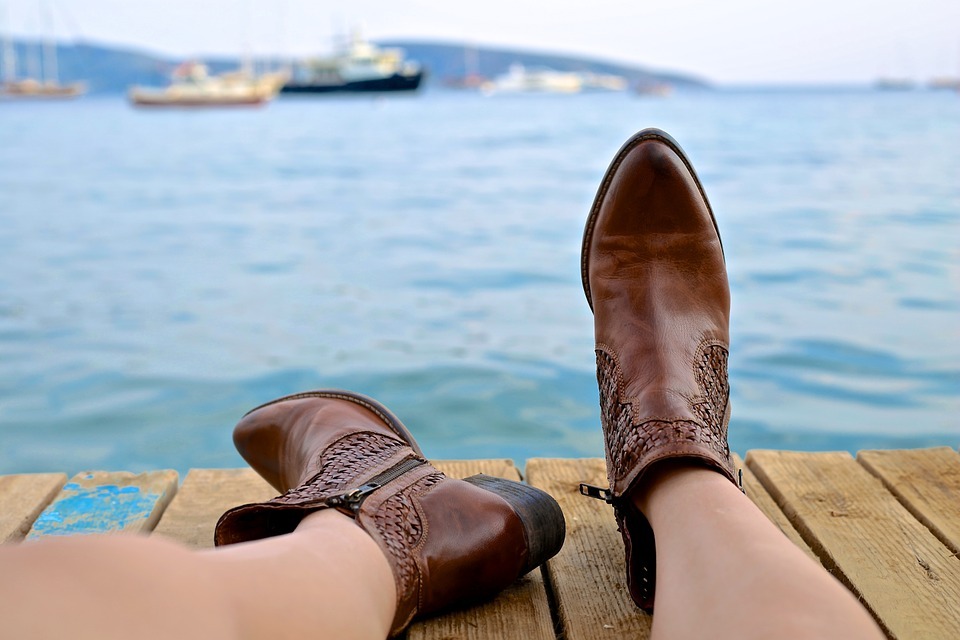If you’re no good at goodbyes, parting with a beloved pair of shoes can be especially hard. The thing is, the longer you hold on to your busted kicks, the higher the likelihood of you doing actual damage to your feet.
What Happens When You Refuse To Let Go
Your shoes support your feet — some more than others, of course. Women’s flat shoes are inevitably more durable than the average pair of 6-inch stilettos. No matter what kind of footwear you regularly rock, when they wear out, they tend to wear out in the places where you need them most because those are the spots on your feet that receive the most stress.
A shoe in decline is uncomfortable. Once your cushioning goes kaput, for example, you can expect knee pain, heel spurs, shin splints or Achilles tendinitis. If the heels or soles of your shoes hit the skids, the odds of you twisting an ankle or even experiencing a stress fracture increase. In short, if you want to keep your feet happy, you need to know when it’s time to retire a pair of shoes.
How To Tell When Your Shoes Are Past Their Prime
Here’s a shocking fact: Shoes aren’t milk. They don’t come with an expiration date. Women’s and men’s shoes deteriorate at different rates and in different areas depending on a host of factors that includes everything from how you use them to how well they were constructed in the first place. Even your local weather conditions can impact how may miles you can get out of your favorite footwear.
That said, there are certain symptoms of shoe decay that are universal:
- Creased soles or midsoles: Wrinkles and cracks in your soles or midsoles means that your shoes are no longer adequately cushioning your feet.
- Broken uppers: If you spot breakage in the material around your ankles, those shoes need to go.
- Broken insides: If the back of the shoe’s interior is rubbed raw or the insole is destroyed, those shoes need to go too.
- Tilted shoes: Set your shoes on a flat surface. If they visible keel to one side like an unsteady ship, it’s time for them to walk the proverbial plank.
- Uneven heels: When a shoe’s heel is ground down further on one side, you’re practically begging for a twisted ankle.
- Worn-down treads: If your soles are smooth and shiny instead of patterned and grippy, it’s time to replace your footwear.
- Creaking shoes: A shoe that sounds like a tiny door in need of oiling may be symptomatic of a busted midsole that’s no longer cushioning your footfalls. Listen closely, and that creaking is actually saying, “Replace me! Replace me!”
What To Do With Your Old Shoes
Before you settle in to shop for new mens and womens shoe online, make a plan to donate or recycle your retired footwear. Running shoes that are no longer up to snuff for your morning mile may make excellent casual footwear for someone in need. Many shoes can be recycled into playground equipment and sport surfaces. Don’t throw them away.
A good pair of shoes can be difficult to part with. You’ve shared miles and memories. Know when to bid your kicks adieu, however, and you can save your feet a literal world of hurt.

